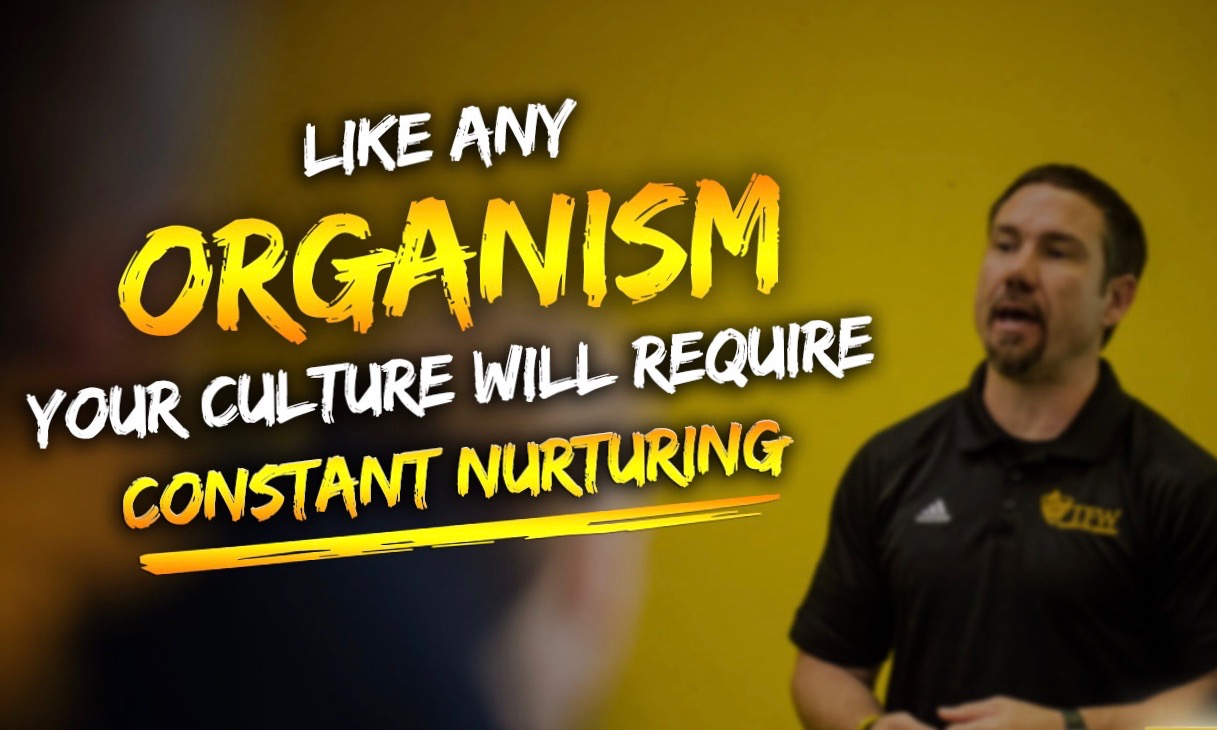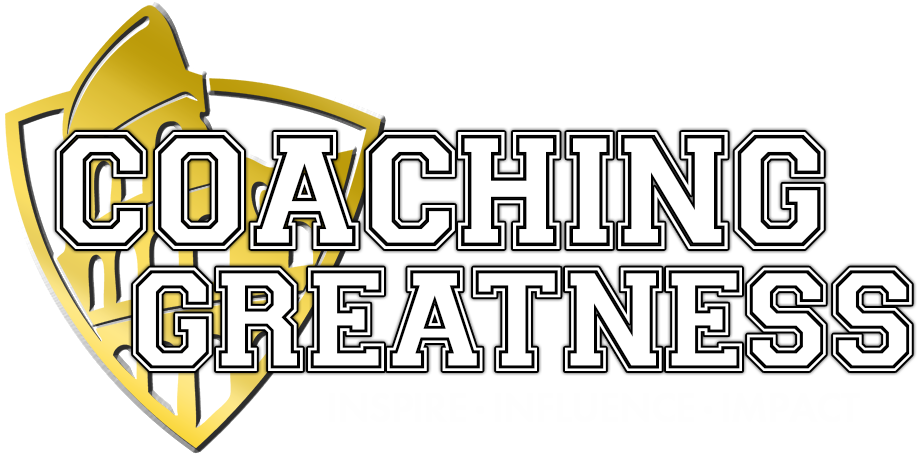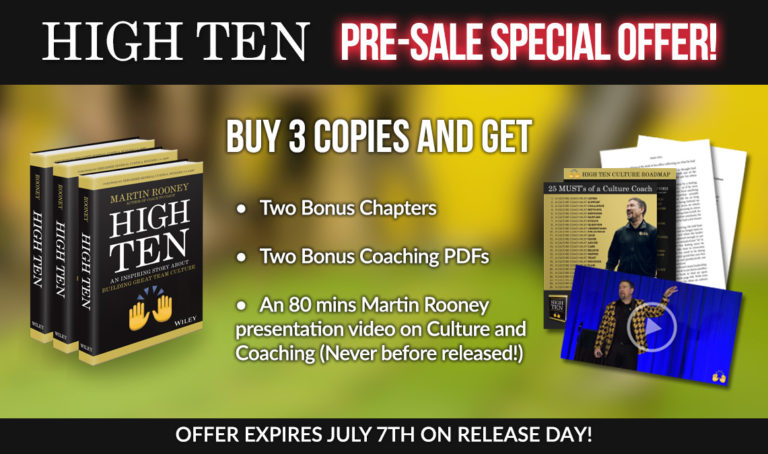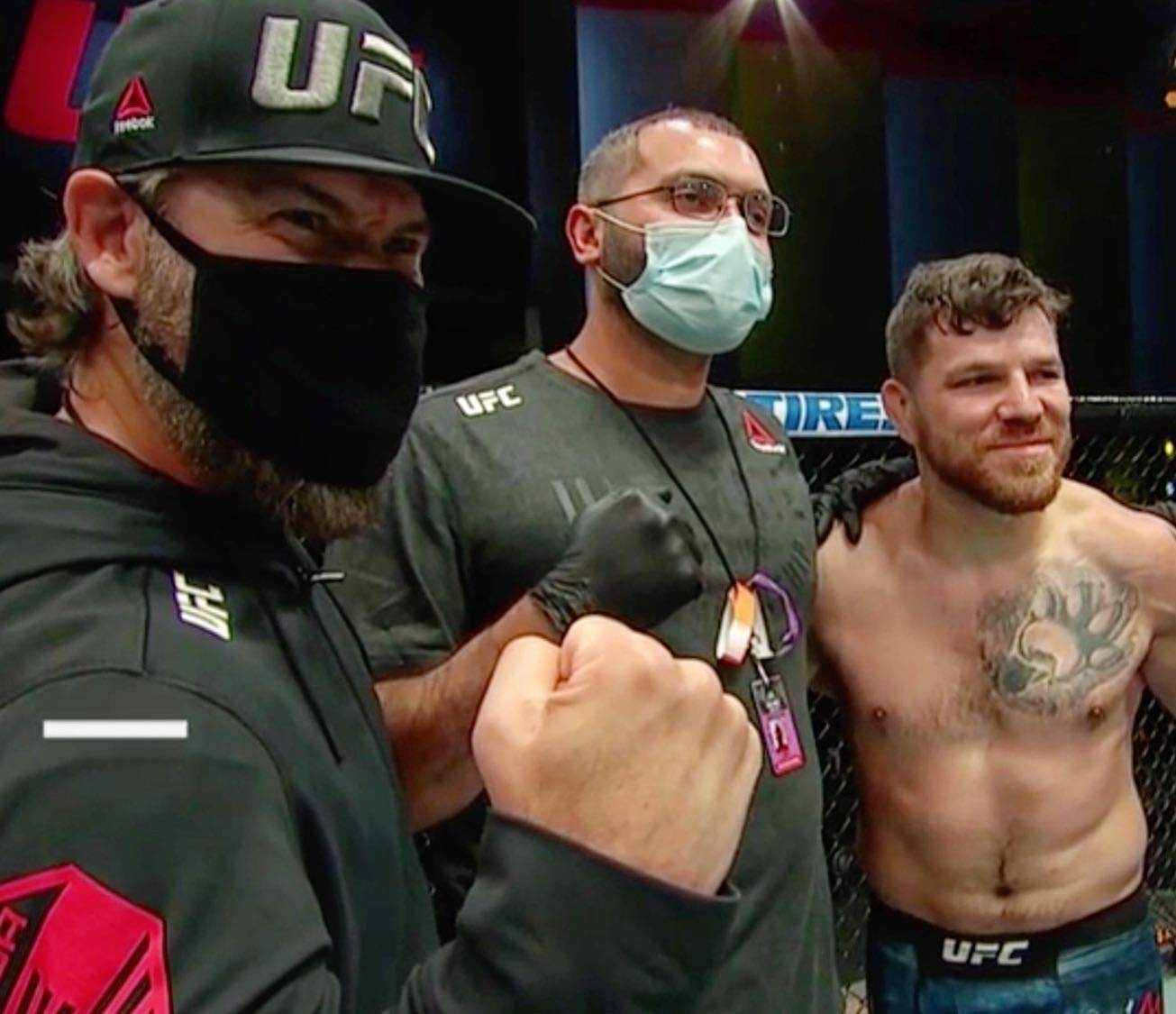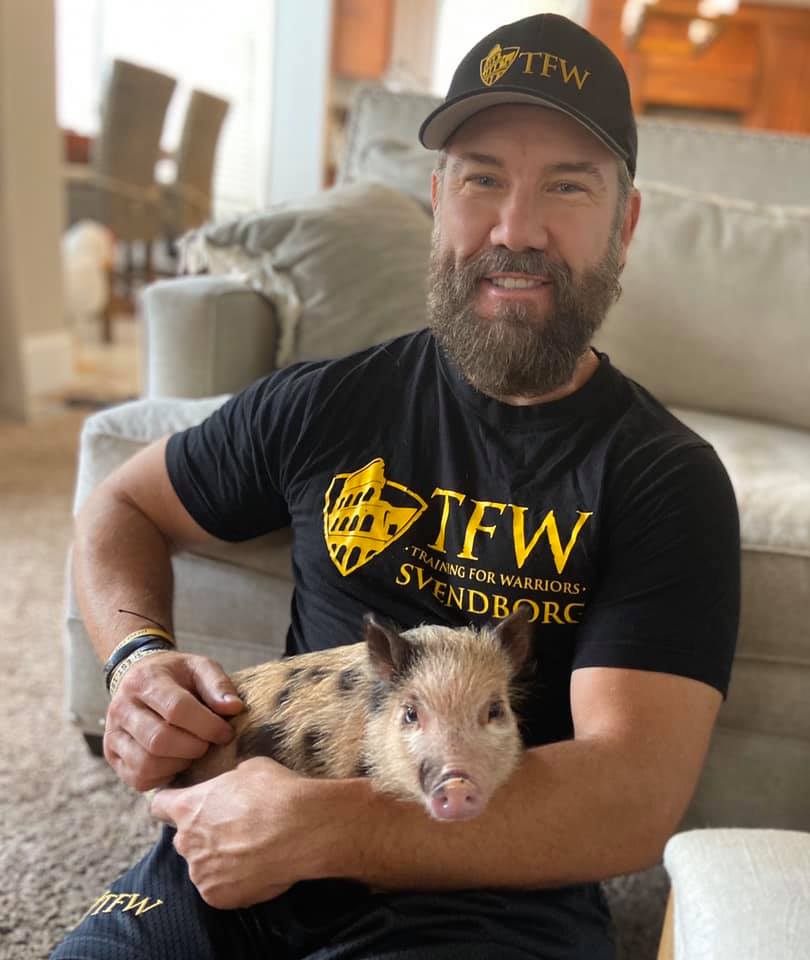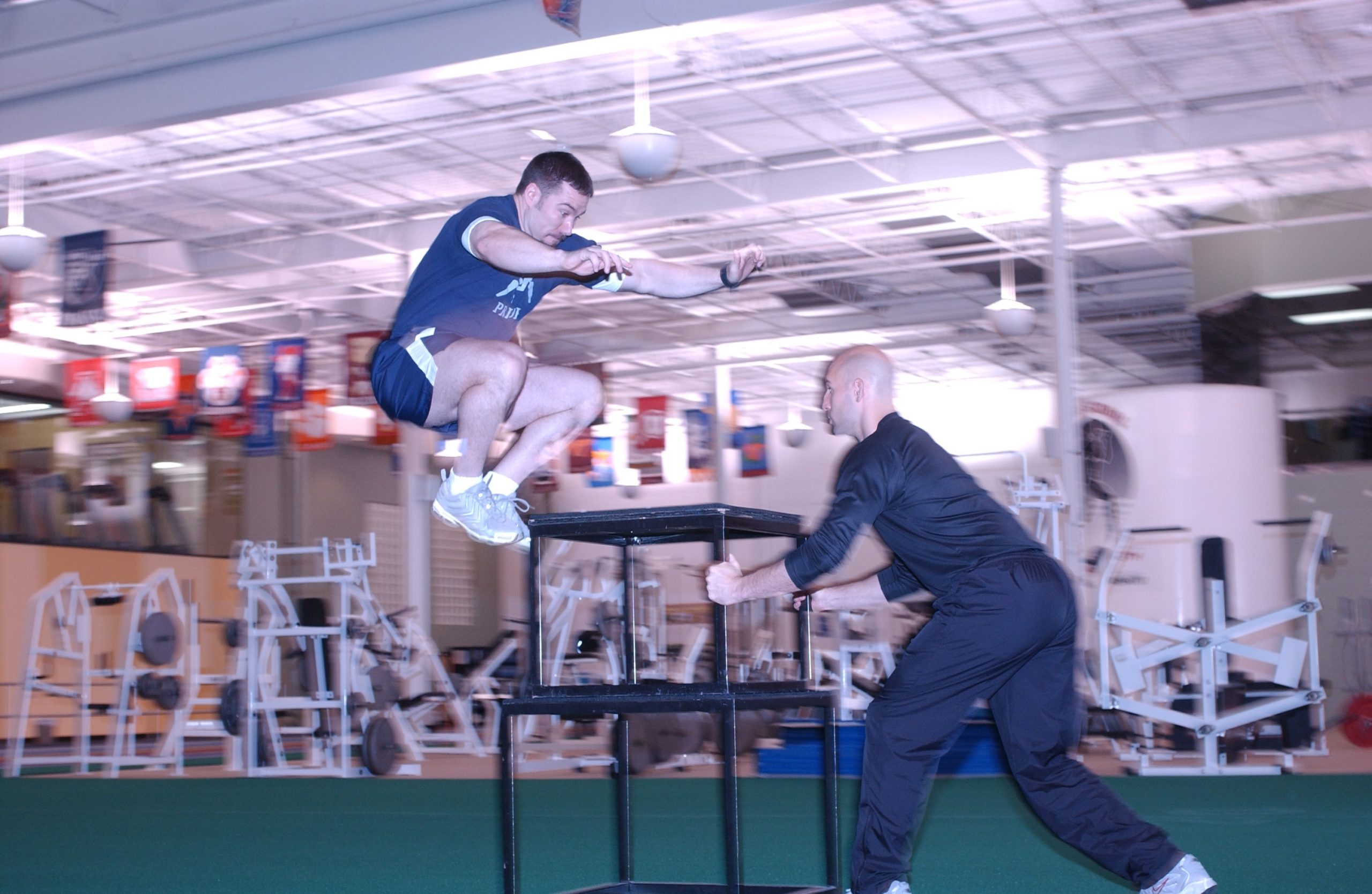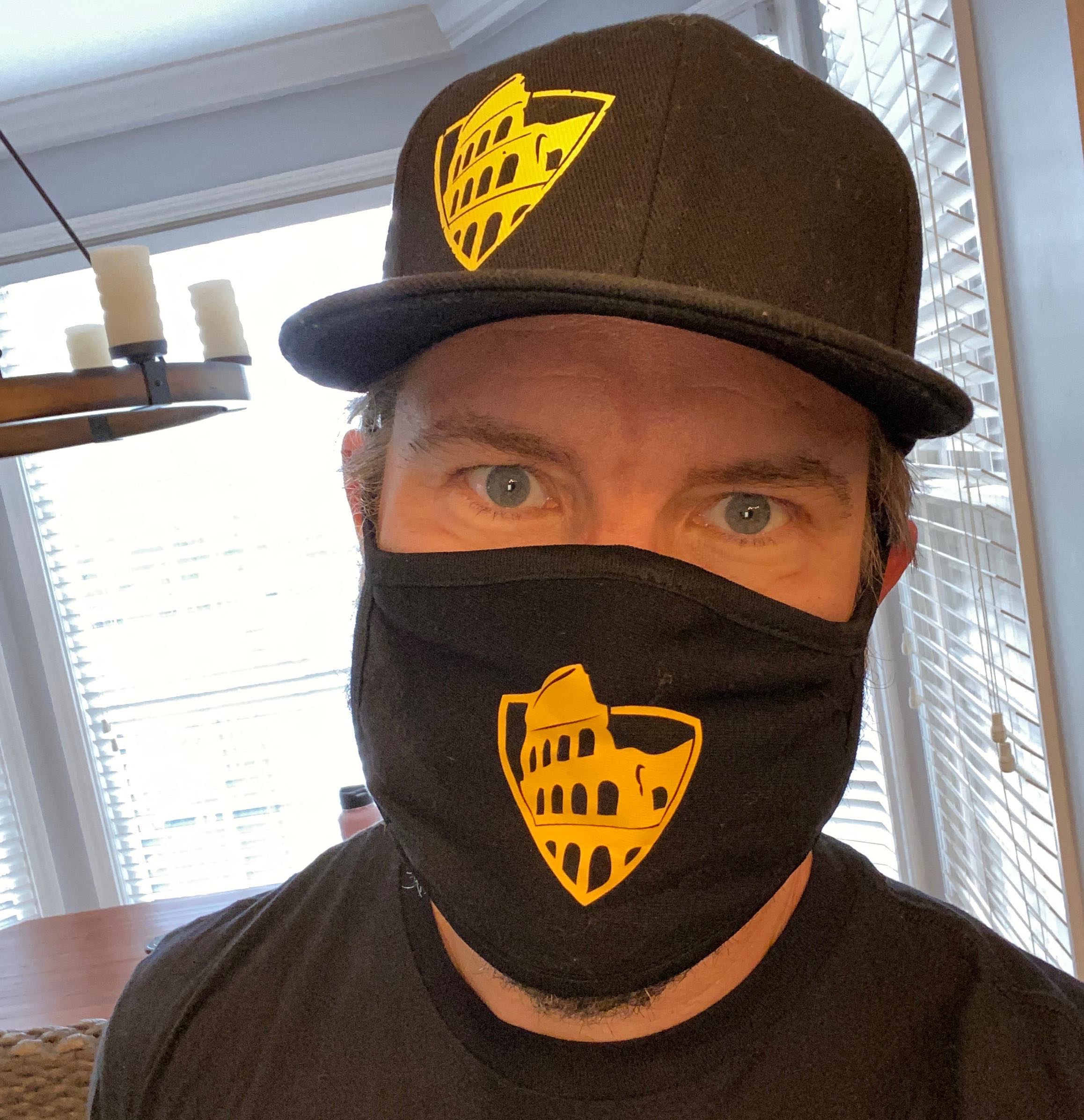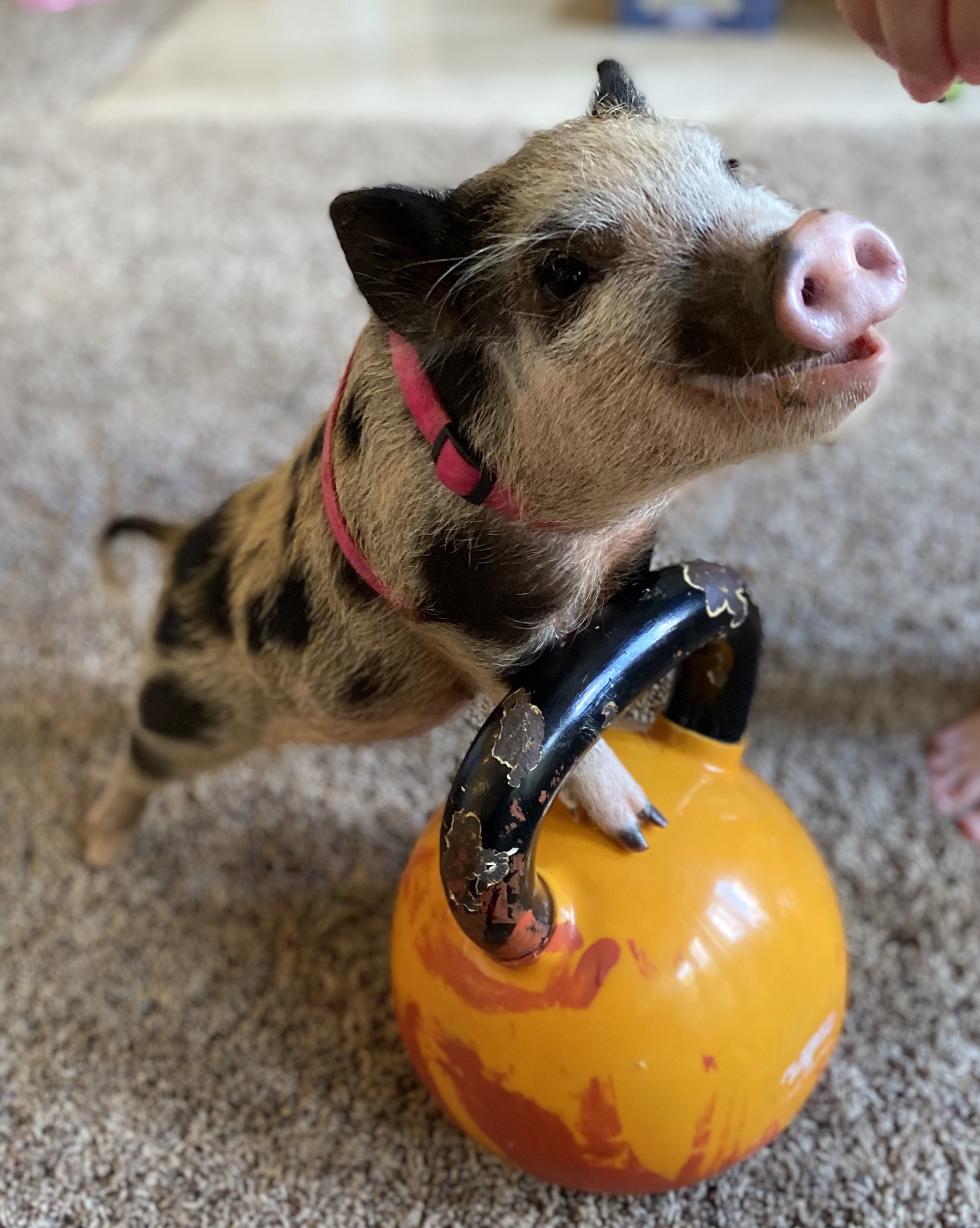
If you have followed me lately, you may know that I have become a proud parent of a piglet. She is an American Mini Pig named Miss Zuri after the U.S. state in which she was born.
When we first got her and I started sharing her training videos, the most common question I received was, “How big will she get?”
And my answer has always been the same, “It depends.”
Being a parent for the last 17 years of four daughters has taught me a lot. But when I came home from the hospital with each one of them, I didn’t get a book or an instruction manual. So a lot of what we did was “trial and error,” “do your best,” and “figure it out.” Especially when it came to nutrition.
In the case of Zuri, however, I actually came home with two very helpful and practical books compliments of the American Mini Pig Association that gave me plenty of directions and a number of warnings.
In particular, a lot of those directions and warnings were all about food.
Funny how parents don’t ask “how big will he or she get?” when they bring their baby home from the hospital for the first time. I am pretty sure I was never asked that one once for any of my daughters. I believe if parents always worried about this idea as much as I have as a pig owner, kids would surely be healthier as they grow up.
I don’t write this to be offensive. But I do write this to be provocative. When it comes to health and fitness, nutrition tends to be a very emotional and charged topic. In our current days of polarization about many topics, in addition to political and economic views, I have also seen people line up on different sides of the nutrition battlefield:
Keto vs. Paleo
Carnivore vs. Vegan
Intermittent Fasting vs. Frequent Feeding
Counting Calories vs. Calories Don’t Count
Low Carb vs. High Fat
Low Fat vs. High Carb
Gluten-free vs. Sugar-free
Organic vs. GMO
Blood Type vs. Body Type
Detox vs DNA
Have you heard of any of these confusing diet plans or terms? I am not here to argue for those or whether nutrition can influence your immunity and overall health. To argue whether eating healthy is important or say diet change is impossible because its too confusing is a sure sign a person just doesn’t want to change. But I get that change is hard. And when a simple topic is made complex, it can be confusing. I wrote this to be a helpful and practical guide and try to remove much of the anecdotal ideas about nutrition that seem to paralyze people from doing what they know they should be doing for themselves and for their children.
Zuri the pig has actually re-taught me a number of important nutrition concepts that I believe most people either forgot or conveniently avoid. And if you are missing them, you and the people you feed are headed for trouble.
The biggest fear that was put into me was that I had to learn how to properly feed Zuri or it would be very dangerous to her health. Due to this awareness, I am staying vigilant about the nutrition habits we develop with her because I do not want to be responsible for negatively influencing or shortening her life. The books made it cut and dry and I simply decided to listen.
Amazing I know, but I am recommending Zuri as a nutritional example. I am asking you to see if you can apply the list below and “eat like a pig.” Usually “eating like a pig” has a negative connotation, but in the case of the 10 ideas below, you might just find they can positively change your life. Although you shouldn’t find them hard to understand, you might notice that they are personally hard to do:
How To Eat Like A Pig
1. Calorie Control
Pigs are missing a receptor in their brain that tells them they are satiated. When I tell people this, many make a joke and say, “I think I am missing that too!” I get the joke, but unfortunately if you eat too much uncontrollably, it isn’t that funny.
Zuri’s meals are first and foremost all portioned according to calories. When I know how much she has taken in a day, then I can be sure we don’t exceed the numbers by not watching.
Do calories count? Absolutely.
Do you need to count calories? No, but they do add up!
Is it less enjoyable to eat less? Only if you have conditioned yourself otherwise.
Eat Like A Pig Action Item: Find out how many calories you need a day (here is a link to help) and don’t exceed the calories you expend. And if you want to lose some weight, take in a little less calories than you expend. And always think about the calorie content of the foods you are selecting. Some are way more densely packed than others.
2. Choose Healthy Sources
When people think pigs, they think words like “dirty” and “mud.” Pigs don’t eat mud and they are actually very clean. But what is even cleaner, if you look at where a pig’s calories should come from, is their diet.
A pig and a human are very similar in terms of what they “should” eat vs. what they “could” eat. We are both omnivores, but unfortunately, rarely do we eat the right things in the right order from the obvious list below. Pigs start with the most from the top and less as you work your way down:
Vegetables
Fruits
Nuts
Seeds
Whole Grains
Eggs
Eat Like A Pig Action Item: Get a lot of fresh produce in your diet. If you aren’t eating vegetables and fruits during the day, it is time to add them. Add variety and eating a lot of colors. Excluding some good lean meats or fish (which pigs don’t eat but you can for great sources of protein), if it isn’t on the list, don’t bring it in the house. If it is there (like you may find in your pantry or fridge according to #3 below) you will eat it.

3. Avoid Processed Foods
The books are clear: pigs will become unhealthy due to eating processed foods they were not designed to eat. If much of your diet comes from a box or can labeled with an ingredients list you can’t either recognize and pronounce, you weren’t designed to eat it either. A processed food is easily found in the middle of your super market with a cartoon character saying the benefits of “low fat.” It is also easily found in most people’s homes.
Eat Like A Pig Action Item: I know it may be tough to avoid, but keep processed foods to either a minimum or to be used as a real special treat. Ask yourself why you are eating the processed foods you currently eat. If it is due to convenience or just bad habits, time for a change. See #3 above and get back to that list.
4. Decrease Salt
Salt is actually #1 on the toxic list that I was given when we got Zuri. Since pigs can’t sweat, we have to be very careful with the salt content. Even though you can sweat, that doesn’t mean too much salt can’t be harmful.
High blood pressure (hypertension) has been linked to salt in the diet. Globally, poor nutrition has been linked to mortality in over 11 million people around the world. And a part of the study cited too much salt as a culprit.
Eat Like A Pig Action Item: As per #2 choose fresh foods which are usually low in sodium. Then if you do have processed foods in #3, read the labels to monitor how much salt is added. If you need extra flavor, choose spices or seasonings that don’t include salt. And if salt or in #4, sugar is just a bad habit, spend 6-8 weeks breaking the cycle.
5. Decrease Sugar
In addition to salt, another warning about feeding pigs is to avoid sugar. Sugar adds to the overall calorie count (see #1) and can also lead to obesity and dental issues in pigs. The same is true for humans too. The World Health Organization recommendation is less than 10% of your total calories from additional sugar. So, in combination with #1 about and #7 below, you can learn if you are taking in too much of the white stuff.
Eat Like A Pig Action Item: If your food comes with labels, read them. If sugar is one of the top 2-3 ingredients in your foods, either cut them out or cut them down significantly. All sugar doesn’t come in the same packaging. So, you should get yours from fruit vs. a donut so you at least get good nutrients, fiber and vitamins with your sugar. That’s why fruit is better than a candy bar.
6. Drink Water
One place we don’t want Zuri adding even more calories to her diet is by drinking them. Although she loves an occasional taste of coconut water, her hydration comes from high quality H2O.
Take a look at how many calories (and in particular sugars) are in the liquids that you drink a day. And that includes the creamer in your coffee, your morning orange juice, lunch smoothie or post workout sports drink. I am not saying skip liquids, just make them mostly water. Dehydration is more dangerous than hunger. You or Zuri can’t go long without water as food. So I always make sure Zuri has fresh water to drink.
Eat Like A Pig Action Item: Make water the most plentiful liquid you drink per day. Start with 6-8 glasses and some water before and waking up from bed would be a great start and end to the day.
7. Measure To Manage
After a few weeks of having Zuri, we had our first veterinarian visit to establish communication and perform a “physical.” This included the doctor weighing her in and a long discussion about her nutrition to make sure we were getting it right. We were also given a body composition chart to help us maintain a healthy and lean weight.
Weighing yourself and checking your body fat shouldn’t be seen as “scary.” It should be viewed as a data point to help direct your behavior. Without the right information, everything when it comes to nutrition is just “guessing.” And guessing doesn’t usually lead to consistent results.
Eat Like A Pig Action Item: Make sure you are taking some important measurements. As per #1 above, calculate the number of calories you should ingest a day. Weighing in bi-weekly and getting a monthly body fat check could also help too. You could even check some girth measurements. The more information you have, the more positive change you can document.

8. Keep A Food Journal
When I started feeding Zuri, I created a journal and wrote down everything she ate through the day. Not only did this help get the calories right, but it also showed me if we were feeding her from good sources and variety too.
Pigs root and graze. So do people. As a result of grazing and paying little attention to the actual total amount of food intake, most people under-estimate and under-report their calories. By keeping a food journal you can take control. Just by reporting you are more conscious and being more conscious can help you take in less of what you don’t want and more of what you do.
Eat Like A Pig Action Item: Keep a journal or log on an app documenting the foods and amounts that you eat per day. Look back each week to understand your current habits, preferences and limitations. Then using in combination with #7 above, make the appropriate changes to match your health goals.
9. Be More Active
Pigs may be notorious for being lazy, it is not the case. We get Zuri outside a lot during the day to “train” and she really enjoys it. I have even made sure she sprints each day just to get her used to moving. Exercise and nutrition are closely linked to optimal health in both pigs and humans. Not only does regular exercise strengthen muscles, bones and the cardiovascular system, but it also expends additional calories as well. So, if you want to eat a little more, burn a little more with training. Although this should not be the reason you exercise, regular training does allow you to enjoy more of the good foods you love.
Eat Like A Pig Action Item: Get some form of regular exercise 4 times a week that you enjoy. Walking or biking would be a start. Athletic activities or lifting weights would be great to add too. And just like Zuri has made me more active, find a workout partner with similar goals who can inspire you too!
10. Monitor Your Sleep
Most people agree that a baby needs their sleep. I’m not sure why people ever think that changes for adults. In the case of Zuri being a piglet, we make sure she gets to bed on time and the right amount each night. In addition to a consistent schedule, her bedroom is blacked out, the area is kept quiet and she has a soft blanket and good comfortable surface.
Sleep deprivation in people can lead to overeating. Part of the deprivation can be from not setting up either a good sleep routine or healthy sleep environment. Take a look at your current habits and pay particular attention to caffeine or alcohol consumption too. Too much too late in the day of either can have disastrous results for your sleep.
Eat Like A Pig Action Item: Get to bed at the same time each night. Turn off the tech and commit to getting 8 quality hours of sleep. And if think it is tough to get here’s a quick hack: find out when you have to get up and then get in your bed with the lights out and phone off 8 hours before that!
Nutrition can often be REACTIVE. But to follow a healthy diet, your nutrition should be PROACTIVE. By applying the list above and taking some of the Eat Like A Pig Action Items, you add the important concept of “proactivity” to your food.
Don’t buy an unhealthily food because it is “on sale,” more convenient, or you’re just hungry. And more importantly, don’t wait to finally address your nutrition only when a health problem has been identified. Reactivity can lead to obesity, medications and a shorter lifespan in pigs. Unfortunately the same again is true for people.
Your diet is just a result of a series of your current habits. Just like I learned with Zuri, the first thing you should do with your nutrition is get the habits right from the start. And if after reading this you have realized you started them off wrong, it is never too late to change.
Habits are simply a combination of CONSISTENCY and DISCIPLINE. Eating is not a diet. Eating is a habit. And your habits add up to form your lifestyle. And that lifestyle will determine your health. Pigs and kids shouldn’t be put in charge to develop great habits on their own. That is what we are there for as parents. And if we love them, feeding them right is a great way to show it.
So, parents need to change their nutrition habits first.
I often hear parents complain about their child’s phone usage and video games. I haven’t heard any of them complain about their kids eating too much vegetables. Both of those are examples of habits the parent helped to create.
But having been a parent for 17 years, I get it: it’s easy to take the quick way out. I have taken that route too. The pig is so cute, it’s easy to keep feeding her or give in with treats. I have found myself tempted over and over, but I am more concerned about her health and longevity than I am about being the nice human who hands out unhealthy snacks to get her off my back. Overfeeding our pets is not cute. It is not the way that you show you care. It is abuse. The same is true for our children.
Do you want to be liked or have healthier kids?
Do you want longevity or less hassle?
Your nutrition will simply be a function of the priority you place on it.
Before you come up with all the reasons why you can’t do the list of 10 above, think about the ways you can. And before you get angry or tell me it can’t be that easy, give it a try for a month or two and see.
I just did a month of eating like a pig and it’s making me healthier.
I have learned one way to a pig’s heart is with food. This can be the true in your house too. Family dinners are an amazing place to communicate and build bonds. Just make sure you are doing it right so you take care of those hearts you care so much about.
Yours in Strength,
Martin
P.S. If you would like to follow Zuri’s adventures and surely get a smile, check out her Instagram page at @zuri_the_pig

